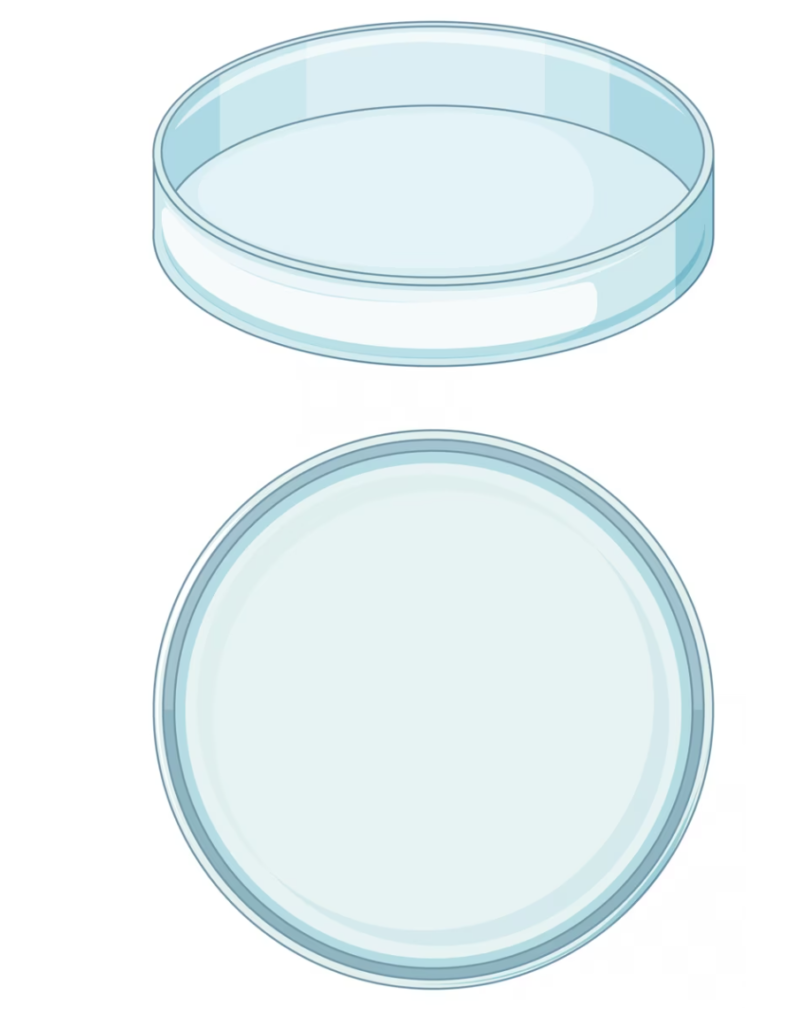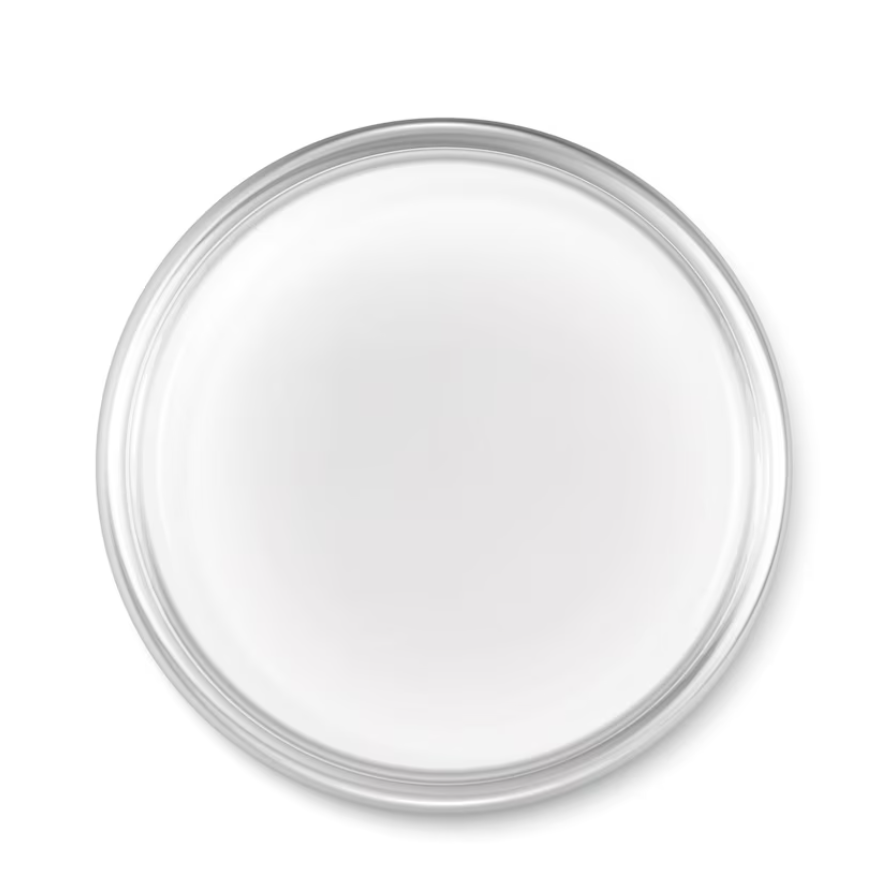In the realm of scientific exploration, few tools have been as indispensable as the unassuming petri dish. This unpretentious piece of laboratory equipment has played a crucial role in unraveling the mysteries of microbial life and has become a symbol of discovery in the field of microbiology. In this article, we embark on a journey to explore the significance, history, uses, and innovations associated with the remarkable petri dish.
Table of Contents
Introduction: The Microscopic Universe Within Petri Dishes
In the diminutive petri dish, scientists find a canvas upon which the intricate dance of microorganisms unfolds, revealing their diverse roles and behaviors.
A Glimpse into History: The Origins of the Petri Dish
Discover how the petri dish got its name and trace its roots back to the pioneering work of scientist Julius Richard Petri.
Unveiling Microbial Mysteries: How Petri Dishes Revolutionized Microbiology

Explore how the invention of the petri dish marked a turning point in microbiology, allowing scientists to observe and study microbes with unprecedented clarity.
The Art of Cultivation: Growing Microorganisms in Petri Dishes
Delve into the art of cultivating microorganisms within the controlled environment of a petri dish, unlocking insights into their growth patterns and behaviors.
Applications in Medical Science: Petri Dishes as Diagnostic Tools
Learn how petri dishes have become indispensable tools in diagnosing infections, identifying pathogens, and shaping medical treatment strategies.
Nutrient Agar and Culture Media: Nurturing Microbial Growth
Uncover the role of nutrient agar and specialized culture media in providing the essential nourishment for cultivating a wide array of microorganisms.
Beyond Bacteria: Petri Dishes in Fungal and Viral Studies
Venture beyond bacteria and explore how petri dishes have been instrumental in advancing our understanding of fungi and viruses.
Innovations and Advancements: Modern Petri Dish Techniques

Discover cutting-edge techniques such as selective media and antibiotic susceptibility testing, which have expanded the capabilities of petri dishes in scientific research.
Petri Dishes in Education: Hands-On Learning for Future Scientists
Learn how petri dishes have become invaluable tools for educational institutions, providing students with hands-on experiences in microbiology.
Environmental Insights: Using Petri Dishes to Monitor Ecosystem Health
See how petri dishes are employed to assess environmental quality, track pollution levels, and monitor the health of ecosystems.
Exploring Antimicrobial Agents: Petri Dishes in Drug Discovery
Explore how petri dishes serve as testing grounds for evaluating the effectiveness of antimicrobial agents, contributing to the development of new drugs.
Controversies and Challenges: The Limitations of Petri Dish Studies
Examine the limitations of petri dish studies, including concerns about artificial environments and the need for complementary research methods.
The Art of Petri Dish Photography: Capturing Microbial Beauty
Appreciate the aesthetic side of petri dishes as artists and scientists merge to capture stunning visuals of microbial growth.
Future Horizons: Evolving Uses of Petri Dishes in Scientific Research

Look ahead to the future and consider the potential applications of petri dishes in emerging fields like synthetic biology and bioengineering.
Conclusion: Petri Dishes – Windows to the Unseen Microbial World
In the unassuming petri dish, we find a gateway to the microscopic universe, a realm teeming with life, discovery, and boundless scientific potential.
FAQs About Petri Dishes and Microbial Studies
How did Julius Richard Petri contribute to the development of the petri dish?
Julius Richard Petri invented the petri dish in the late 19th century, revolutionizing microbiology by providing a sterile environment for cultivating microorganisms.
Can petri dishes only be used for bacterial studies?
Petri dishes are versatile tools used not only for bacterial studies but also for cultivating various microorganisms like fungi and viruses.
What are some challenges researchers face when using petri dishes?
Researchers encounter challenges such as contamination, maintaining optimal conditions, and creating artificial environments that mirror real-life scenarios.
Are there alternatives to petri dishes in microbiological research?
Alternatives like microfluidic devices and tissue cultures exist, but petri dishes remain a fundamental and widely used platform in microbiological research.
How have petri dishes impacted our understanding of infectious diseases?
Petri dishes have been instrumental in isolating and studying pathogens, aiding in disease diagnosis, drug development, and enhancing our understanding of infectious diseases’ behavior and treatment.

